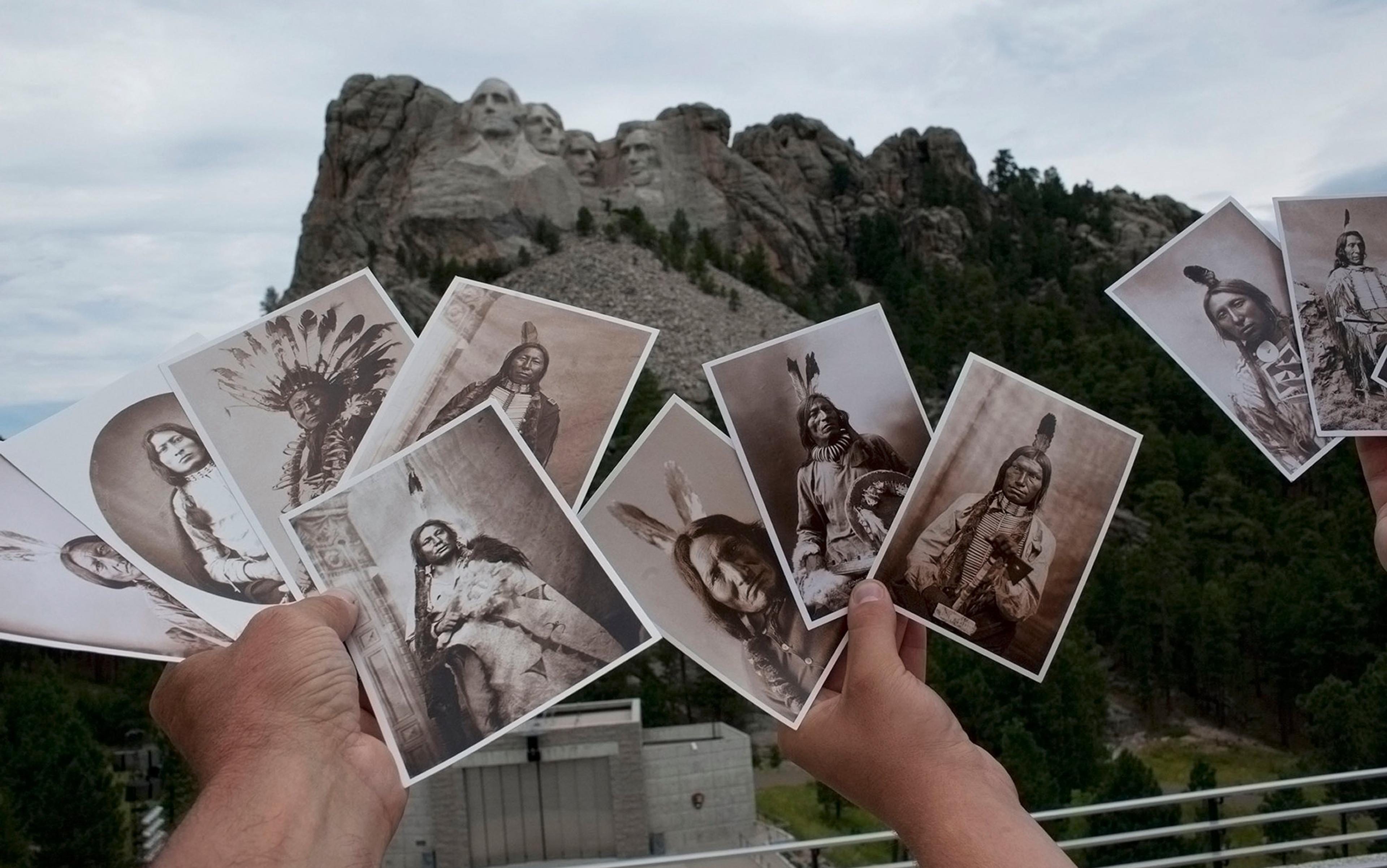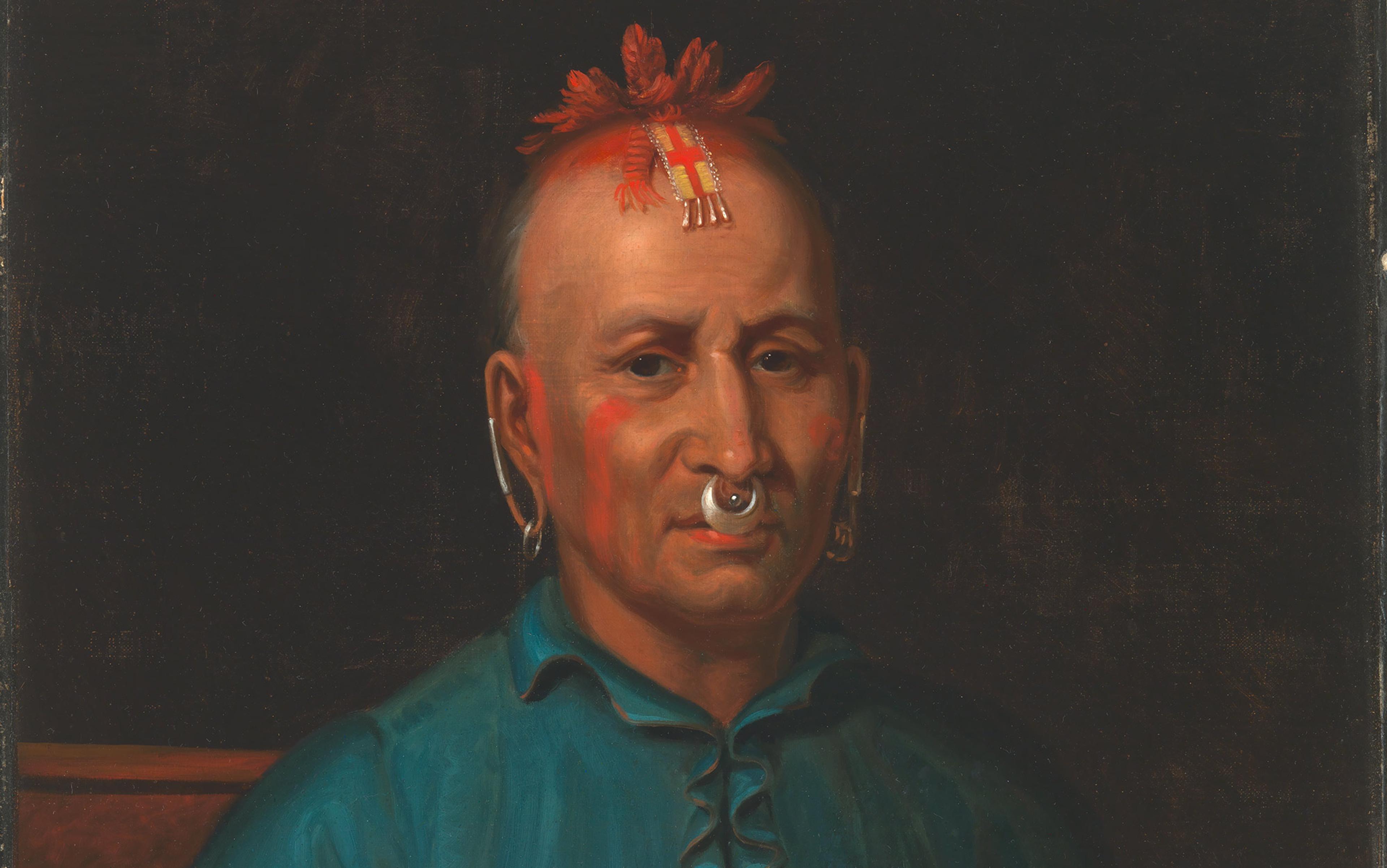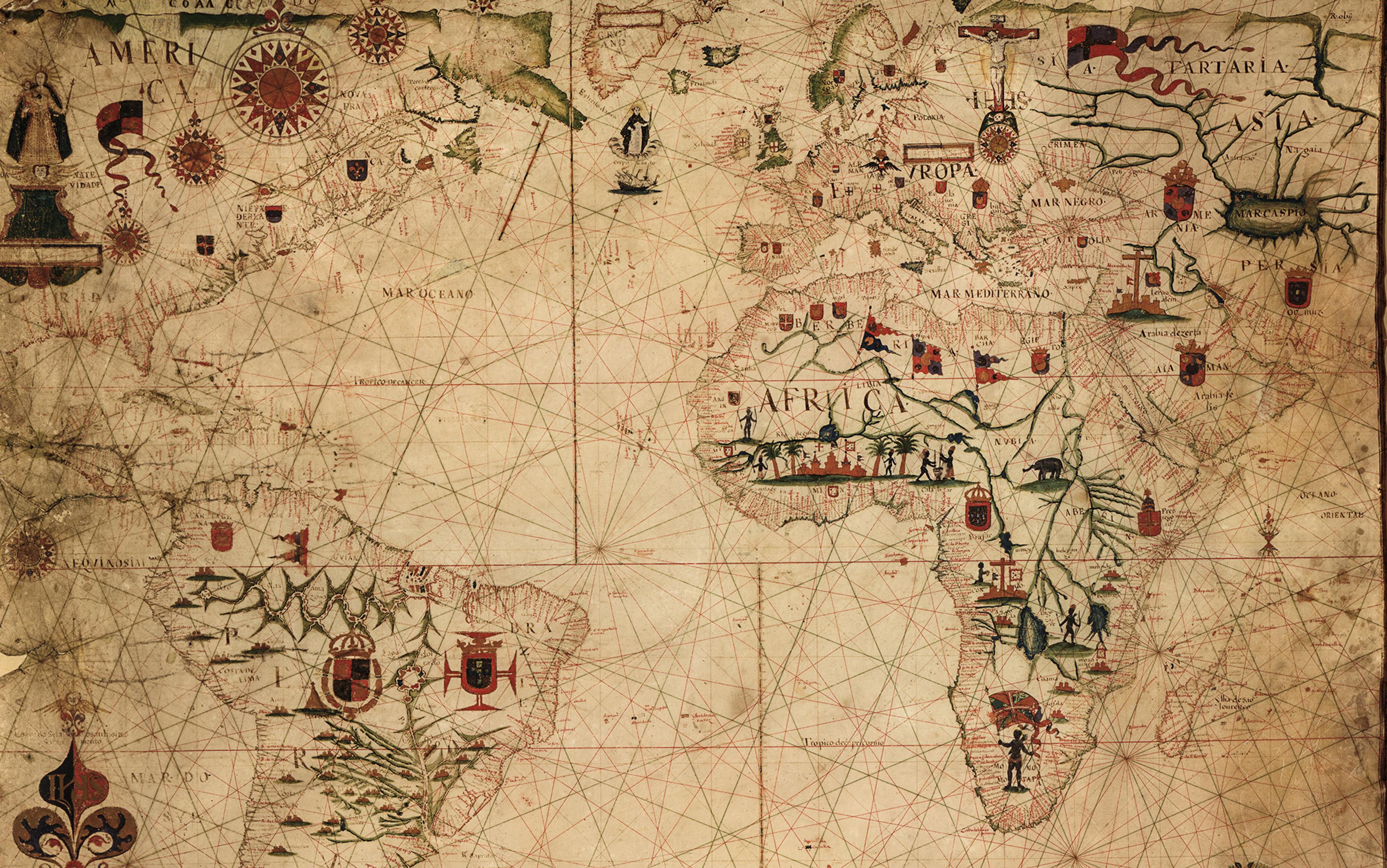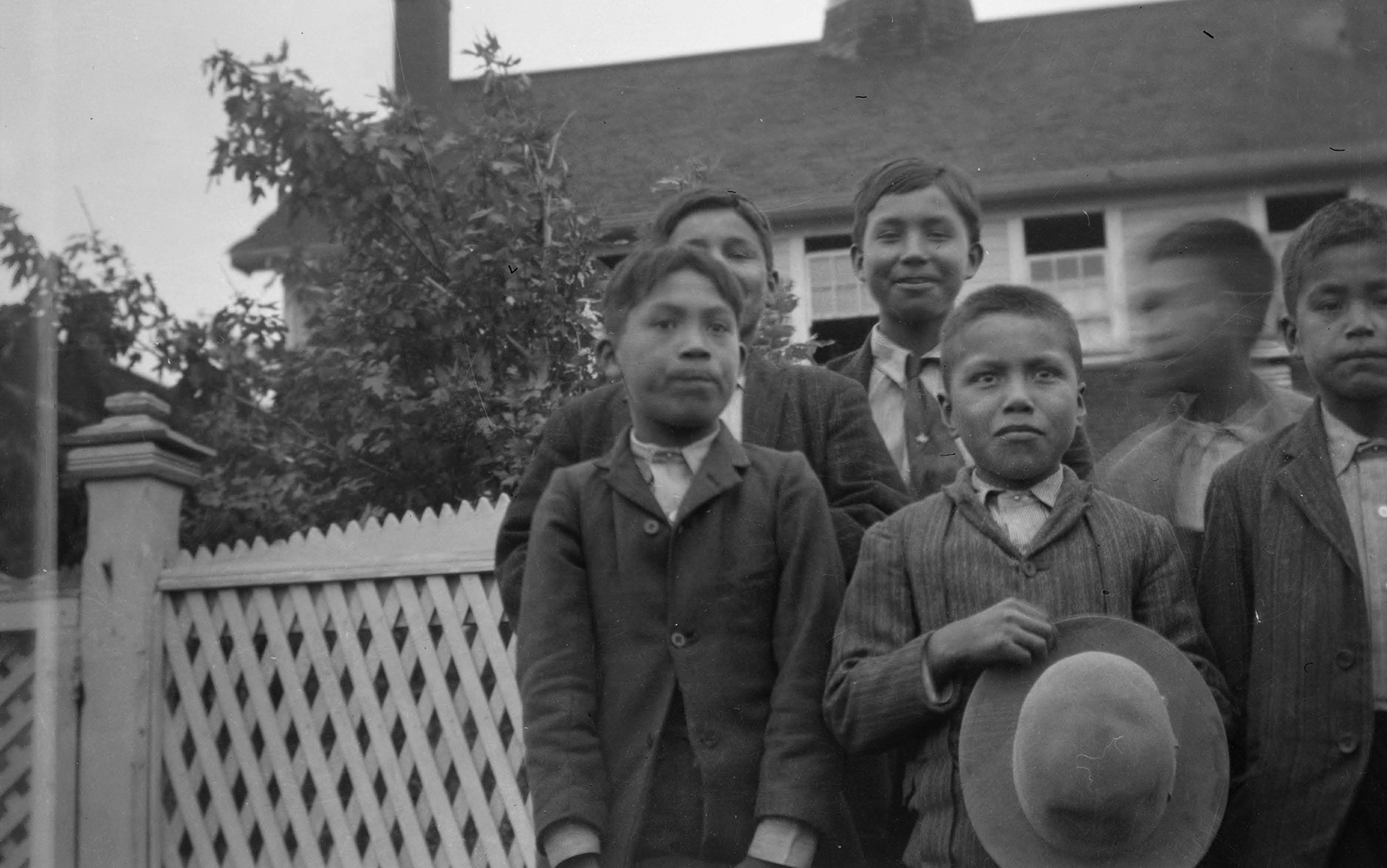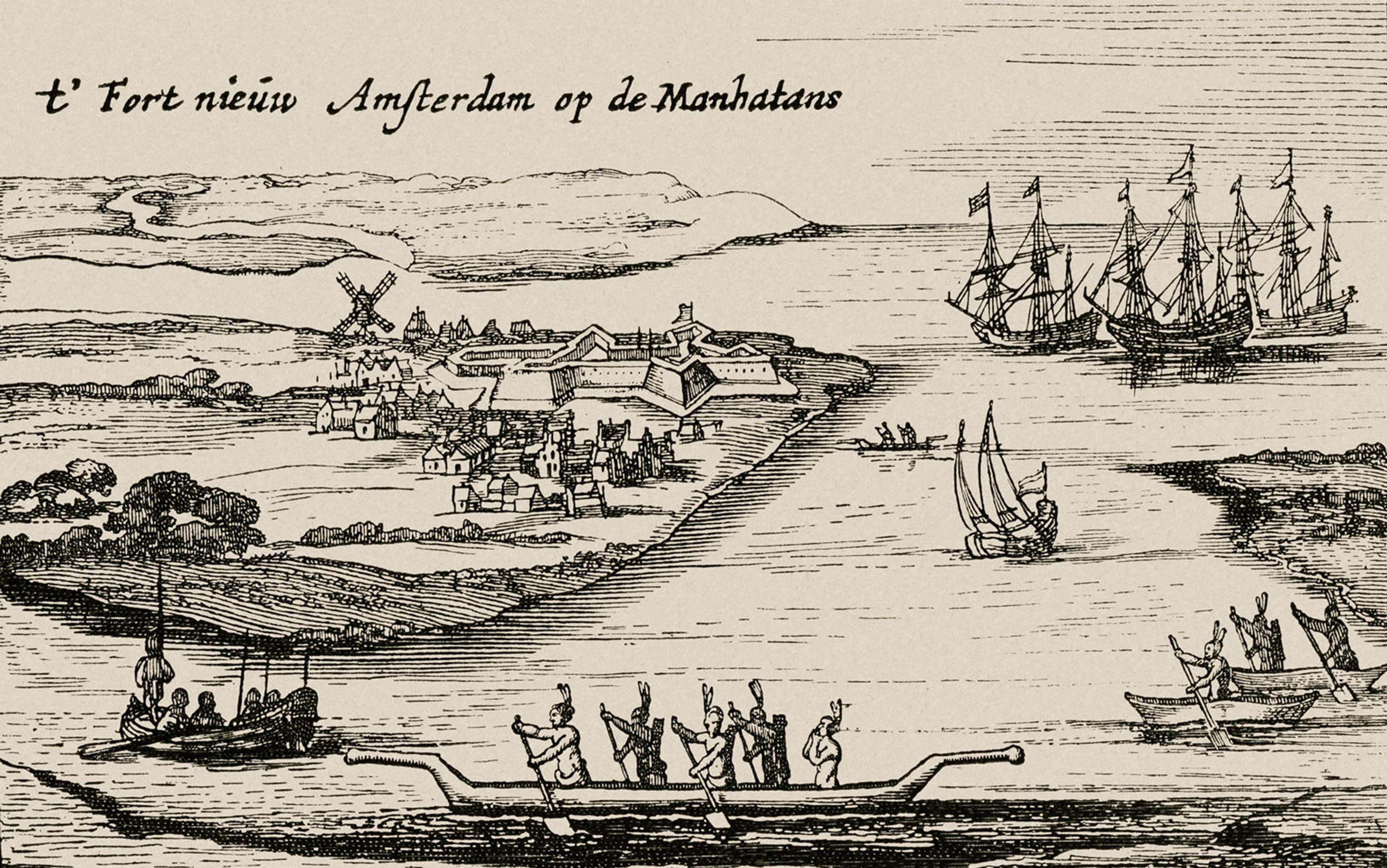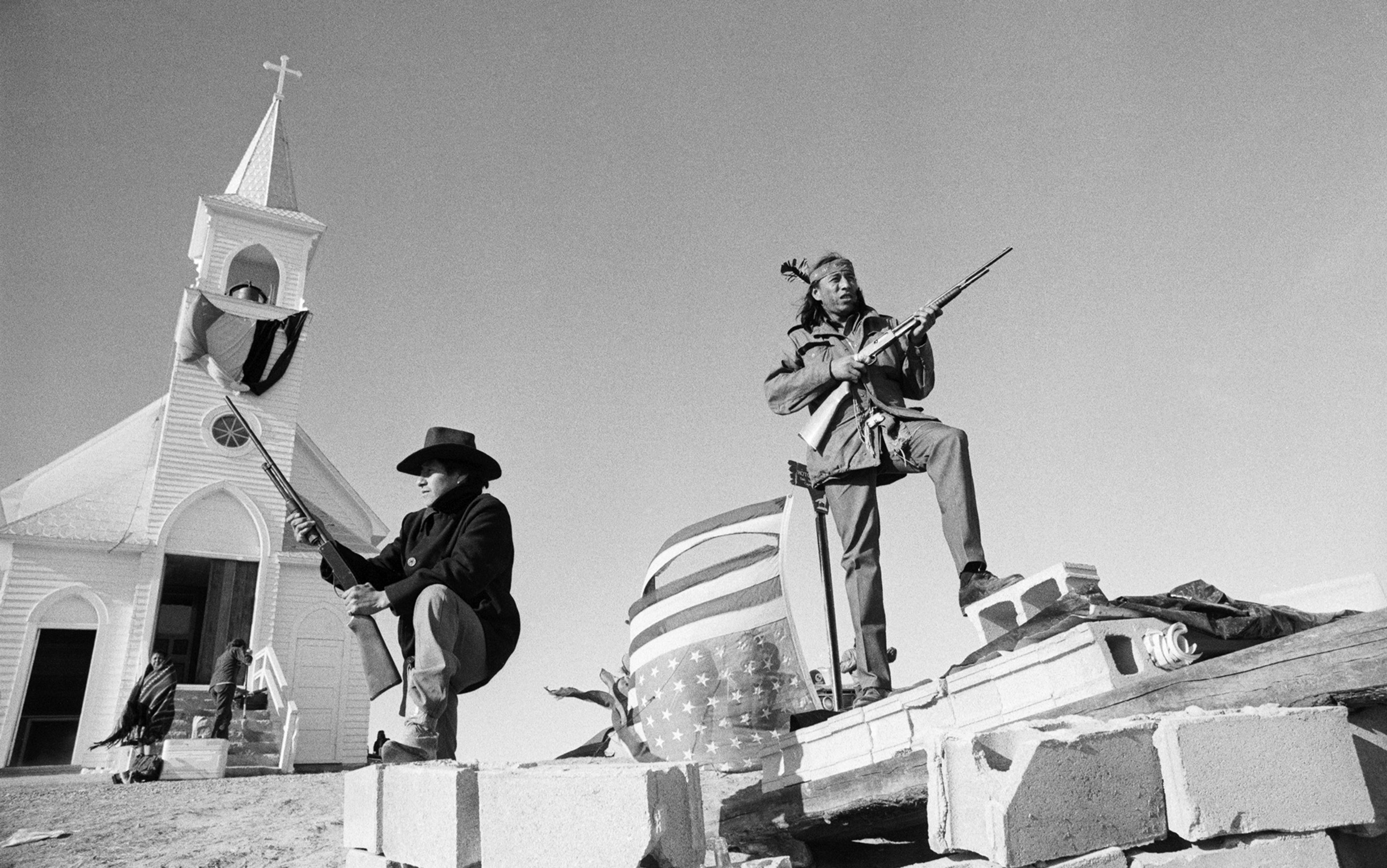Between 1776 and the present, the United States seized some 1.5 billion acres from North America’s native peoples, an area 25 times the size of the United Kingdom. Many Americans are only vaguely familiar with the story of how this happened. They perhaps recognise Wounded Knee and the Trail of Tears, but few can recall the details and even fewer think that those events are central to US history.
Their tenuous grasp of the subject is regrettable if unsurprising, given that the conquest of the continent is both essential to understanding the rise of the US and deplorable. Acre by acre, the dispossession of native peoples made the US a transcontinental power. To visualise this story, I created ‘The Invasion of America’, an interactive time-lapse map of the nearly 500 cessions that the US carved out of native lands on its westward march to the shores of the Pacific.
By the time the Civil War came to an end in 1865, it had consumed the lives of 800,000 Americans, or 2.5 per cent of the population, according to recent estimates. If slavery was a moral failing, said Lincoln in his second inaugural address, then the war was ‘the woe due to those by whom the offense came’. The rupture between North and South forced white Americans to confront the nation’s deep investment in slavery and to emancipate and incorporate four million individuals. They did not do so willingly, and the reconstruction of the nation is in many ways still unfolding. By contrast, there has been no similar reckoning with the conquest of the continent, no serious reflection on its centrality to the rise of the US, and no sustained engagement with the people who lost their homelands.
Demography in part explains why slavery and its legacy are part of America’s national conversation (even if whites sometimes participate in bad faith), while the dispossession of indigenous peoples is not. Since 1776, black Americans have made up between 12 and 19 per cent of the total US population. By contrast, in 1800, though Native Americans accounted for about 15 per cent of the inhabitants in the territory that would later become the US, they constituted a much smaller fraction of the residents in the 16 states that then made up the union. A century later, in 1900, they represented only approximately half of one per cent of the US population, making them a small and politically insignificant minority in their own lands.
Today, over one per cent (3.8 million) of Americans identify as native, an increase that reflects not a substantive demographic shift but a newfound willingness and desire to identify as indigenous. Of this self-identified population, only a fraction are visible minorities, subject to the discrimination that shapes identity and forges political movements. Small in number with limited power at the polls, they have not led the national news since 1972-73, when the American Indian Movement took over the Bureau of Indian Affairs and the FBI laid siege to Wounded Knee on the Pine Ridge Reservation.
Yet native peoples are central to the nation’s history. As late as 1750 – some 150 years after Britain established Jamestown and fully 250 years after Europeans first set foot in the continent – they constituted a majority of the population in North America, a fact not adequately reflected in textbooks. Even a century later, in 1850, they still retained formal possession of much of the western half of the continent.
Native peoples may be a small minority, but their history poses a fatal challenge to triumphalist narratives of the US
The final assault on indigenous land tenure, lasting roughly from the mid-19th century to 1890, was rapid and murderous. (In the 20th century, the fight moved from the battlefield to the courts, where it continues to this day.) After John Sutter discovered gold in California’s Central Valley in 1848, colonists launched slaving expeditions against native peoples in the region. ‘That a war of extermination will continue to be waged between races, until the Indian race becomes extinct, must be expected,’ the state’s first governor instructed the legislature in 1851.
In the Great Plains, the US Army conducted a war of attrition, with success measured in the quantity of tipis burned, food supplies destroyed, and horse herds slaughtered. The result was a series of massacres: the Bear River Massacre in southern Idaho (1863), the Sand Creek Massacre in eastern Colorado (1864), the Washita Massacre in western Oklahoma (1868), and a host of others. In Florida in the 1850s, US troops waded through the Everglades in pursuit of the last holdouts among the Seminole peoples, who had once controlled much of the Florida peninsula. In short, in the mid-19th century, Americans were still fighting to reduce if not to eliminate the continent’s original residents.
Native peoples may be a small minority, but their history poses a fatal challenge to triumphalist narratives of the US. The most jingoistic of Americans strive to put a positive spin on the nation’s century-long investment in slavery and equally long commitment to white supremacy. After the police shooting of an unarmed black man in Ferguson, Missouri, in August this year, one white woman took the opportunity to chide a group of African American protesters. She yelled, ‘We’re the ones who f***in’ gave all y’all the freedom that you got!’ Imagine a corresponding affront shouted at an assembly of indigenous people: ‘We’re the ones who took all of your land but introduced you to Christianity.’ Many Americans share a deeply held conviction that the US embarked in 1776 on an as-yet unfinished journey to attain the universal ideals of freedom and equality. The history of US-native relations simply does not fit into this national narrative.
Europe’s 20th century atrocities are easier for most people to envision than the dispossession of Native Americans. Stalin’s gulags destroyed millions of people in the 1930s and ’40s; Germany systematically murdered two-thirds of the continent’s Jews during the Second World War; Yugoslavia devolved into a bloodbath of so-called ‘ethnic cleansing’ in the early 1990s. Accounts of those episodes describe the victims as men, women and children. By contrast, the language used to chronicle the dispossession of native peoples – ‘Indian’, ‘chief’, ‘warrior’, ‘tribe’, ‘squaw’ (as native women used to be called) – conjures up crude stereotypes and clouds the mind, making it difficult to see the wars of extermination, forced marches and expulsions for what they were. The story, which used to be celebratory, is now more often tragic and sentimental, rooted in the belief that the dispossession of native peoples was unjust but inevitable.
Some of the cessions cover as much territory as France, others no more than a hundred acres
The most familiar and celebrated Indian images that circulate today reinforce this conviction. They come first and foremost from Edward Curtis’s monumental 20-volume collection of photographs, entitled The North American Indian. Plate 1 in volume 1 pictures Navajos mounted on ponies, heading off into the distance towards the bleak horizon. It is entitled ‘The Vanishing Race’.
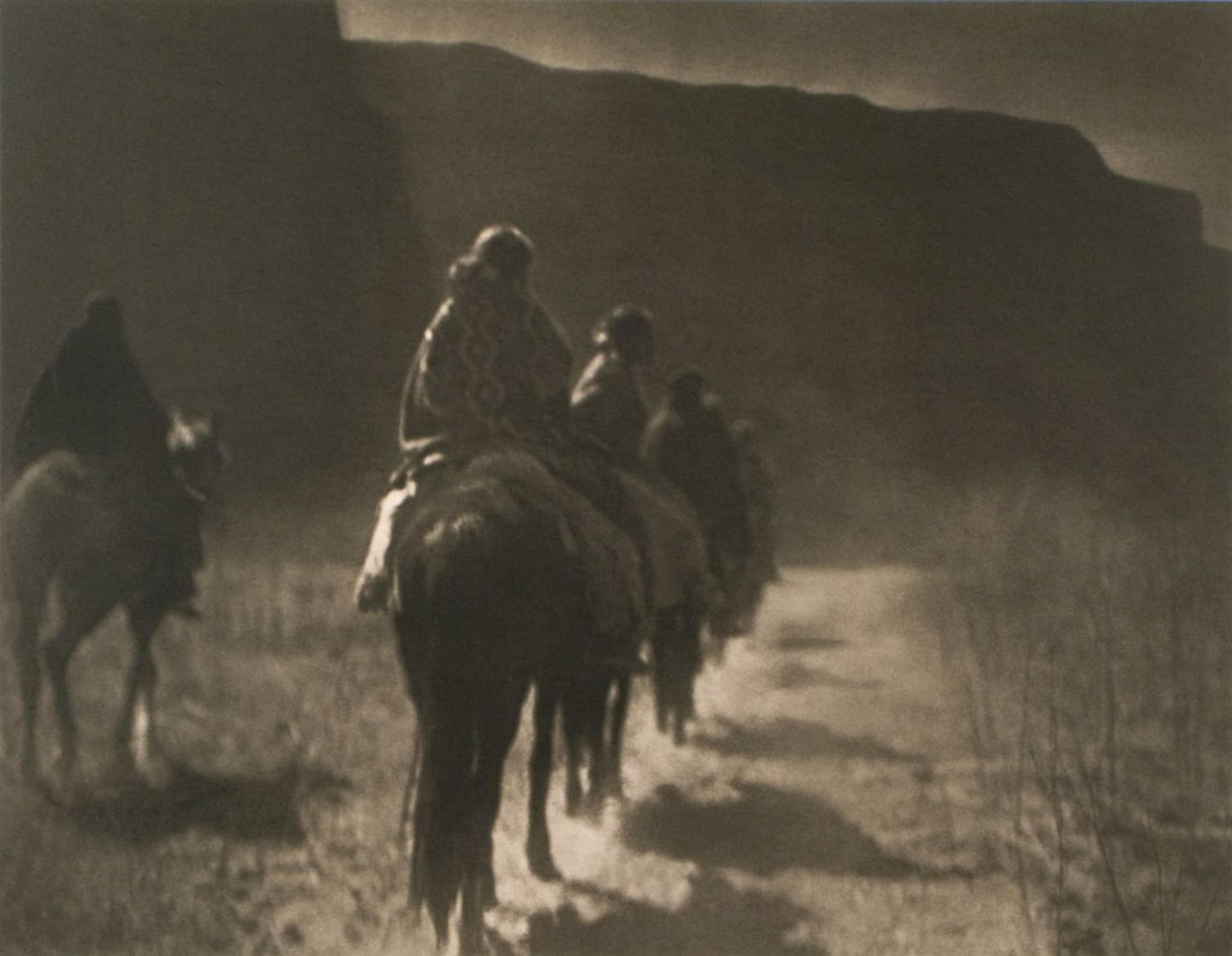
The Vanishing Race by Edward Curtis
‘The Invasion of America’ captures not the vanishing Indian but the expansionist US, from its origins in 1776 as a slender band of states pressed along the Atlantic to its coast-to-coast incarnation as the fourth-largest nation in the world. The site allows users to move through the land cessions chronologically or to search by Indian nation (eg, ‘Cherokee’), and to click on any tract to pull up details of the land transfer. Some of the cessions cover as much territory as France, others no more than a hundred acres.
US title to the land depends on legal fiction, crafted by the colonists to benefit themselves. Under the ‘Doctrine of Discovery’, which had its origins in the Crusades and underpinned the pioneering navigators of the 15th century, ultimate sovereignty over any pagan land belonged, courtesy of the Vatican, to the first Christian monarch who discovered it. Embraced by imperial powers around the world, the doctrine was adopted by the US Supreme Court in 1823. The US did not rely on Papal Bulls alone, however. It also extinguished the land title of the continent’s first peoples by treaty, executive order, and federal statute.
As pictured in ‘The Invasion of America’, native land cessions seamlessly blanket the continent, but this tidy arrangement is a fantasy devised in 1899 by the government-chartered Bureau of American Ethnology. In that year, with the assistance of the Bureau of Indian Affairs, it produced 67 maps that plotted every cession since the founding of the nation. In truth, cession boundaries were neither well-defined nor contiguous. On paper, they traced watersheds that no 19th century surveyor could determine with any precision; they extended to foothills (exactly where they were located was anyone’s guess); and they took direct paths to mountain tops that could not be accurately identified. Sometimes it was easier for federal officials to describe not the cession itself but the reduced tract reserved for the indigenous nation. In 1823, for example, the Seminoles relinquished ‘all claim or title which they may have to the whole territory of Florida’ in exchange for a much smaller, clearly delineated area where they were to be ‘concentrated and confined’.
Negotiated under duress or facilitated with bribes, treaties were often violated soon after ratification, despite the language of perpetuity
It is appealing to imagine, as the Bureau of American Ethnology did, that the entire country came into the possession of the US through consistent and well-defined legal mechanisms. But in fact, sometimes it was not clear even to the federal government by what right it owned the land. In 1851, for example, three federal commissioners headed off to California (acquired from Mexico only three years earlier) with vague instructions ‘to conciliate the good feelings of the Indians, and to get them to ratify those feelings by entering into written treaties, binding on them, towards the government and each other’.
Congress remained uncertain whether native Californians constituted a formidable opposition of 300,000, as some said, or a pitiful remnant of 40,000, as others asserted. Nor could it decide whether the US came into full possession of the land by the 1848 Treaty of Guadalupe Hidalgo, signed with Mexico, or whether indigenous peoples still had title. The commissioners entered into a series of treaties with small groups and even single families, satisfying neither the advocates of California natives nor the speculators who desired their land. Congress refused to ratify the agreements and instead simply concluded that title no longer rested with native peoples.
Elsewhere, the US employed three legal instruments to dispossess residents. Treaties predominated until 1871, when Congress voted to end the practice. Negotiated under duress or facilitated with bribes, they were often violated soon after ratification, despite the language of perpetuity. Nonetheless, they presume a nation-to-nation relationship, which still informs US Indian policy today. Less well-known are the two other tools of dispossession: federal legislation and executive order.
Both Congress and the president can create reservations and take them away, and the president used this power extensively in the 19th century. In July 1864, for example, President Abraham Lincoln created a reservation within present-day Washington state for the Chehalis people, reducing their once extensive homeland of 5,000,000 acres (by the measure of the Bureau of American Ethnology) to ‘about six sections, with which they are satisfied’ (according to a letter from the Office of Indian Affairs; the measure of ‘satisfaction’ must be judged by the alternative, which was removal and joint occupation of another reservation). As a section is 640 acres, ‘about six’ would have come to about 4,000 acres. Twenty-two years later, President Grover Cleveland with the stroke of a pen further reduced the reservation to three fractional sections – a piddling 471 acres.
There was some irony to this land seizure. When the Federal government created the Chehalis reservation in 1864, it paid a squatter named D Mounts $3,500 – a sum which he considered ‘not unreasonable’ – for title to his overlapping land claim, though of course the true owners were the Chehalis themselves. When President Cleveland further reduced the reservation in 1886, the Chehalis received nothing. (Since the 1990s, the Chehalis have been buying up adjacent land and in 2010 the ‘reservation’ was 4,215 acres, according to the chehalistribe.org website.)
It is high time for non-Native Americans to come to terms with the fact that the US is built on someone else’s land. Their 19th century counterparts wrestled more deeply with the dispossession that underlay the nation than most people do today. Native peoples were ‘benighted’ and in a ‘degraded state’, wrote one Kentucky resident to the editor of the Western Recorder in 1825, expressing the widespread condescension that whites felt towards native peoples at the time. But, he continued, ‘This continent is their home. It is the land of their fathers. We are foreign intruders.’ The writer, informed by Christian universalism, was no modern-day multiculturalist. Nonetheless, the presence of native peoples in Kentucky forced him to reconcile their dominion over the land – ‘from time immemorial’, as colonists often said – with the imperious claims of the US.
Five years later, in 1830, President Andrew Jackson signed into law ‘an Act to provide for an exchange of lands with the Indians residing in any of the states or territories, and for their removal west of the river Mississippi’. Popularly known as Indian removal, the act authorised the federal government to deport 100,000 men, women and children from their homelands, an operation that took most of the decade and cost the lives of thousands of native people. This massive state-sponsored forced migration, which passed by a mere five out of 199 votes in the House of Representatives, marked a turning point, when white Americans abdicated their moral responsibility towards the continent’s indigenous peoples. The deportation, according to many whites and even some native activists, was in the best interests of those who were rounded up and driven out. If that was the case, it was because white Americans made it so by defrauding or killing those who wanted to stay. After removal, most indigenous Americans were situated a thousand miles distant from the centre of US population and power on the Atlantic coast. Out of sight and out of mind, Native Americans became relics of the past for most whites.
What would American history look like if native peoples had been kept in sight and in mind? ‘The Invasion of America’ visualises one possibility. Compare it with a map of ‘Territorial Acquisitions’ produced by the US Geological Survey in 2014:
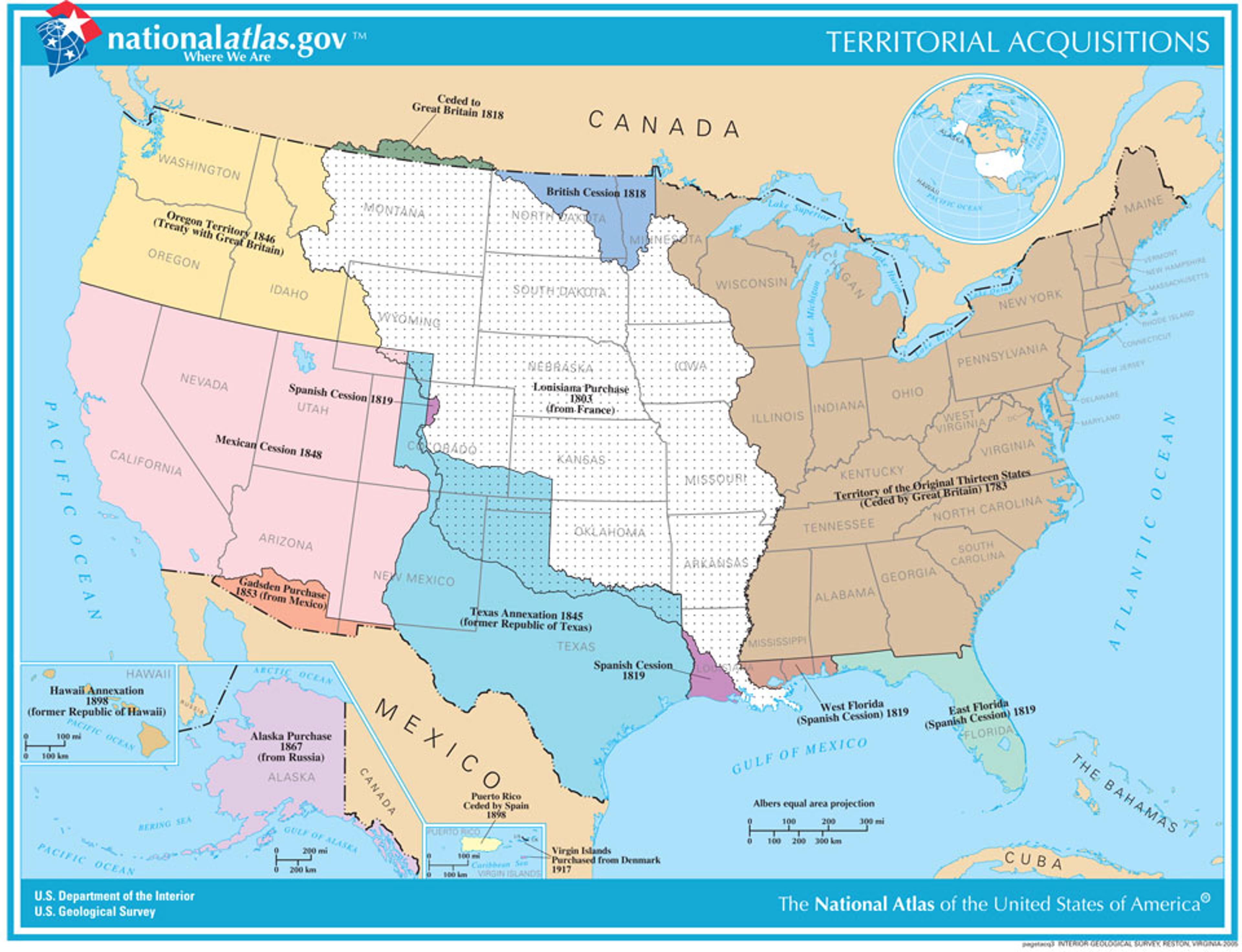
The large single-hued areas of land on the USGS map represent exchanges between imperial powers, with no reference to the longtime residents who also claimed title.
There are many reasons to favour a more inclusive history of the US that places the dispossession of native peoples at its centre. Such a history erases the artificial distinctions that earlier generations drew to discount the presence of native peoples, does not privilege the rise of the nation-state, and better reflects the makeup of today’s US population, which will soon be majority non-white. Its themes also resonate with 21st century concerns, including state-sponsored social engineering, large-scale population displacement, environmental degradation, and global capitalism.
But perhaps the best reason is that it is more faithful to the past. I teach in the state of Georgia, where the legislature mandates that graduates of its public universities fulfill a US history requirement, a law born of the belief that an informed populace is essential to democracy. Good history makes for good citizens. A history that glosses over the conquest of the continent is partial, in both senses of the word. It misleads people about the past and misinforms their debates about the present. In charting a course for the future, Americans would do well to put the dispossession of native peoples back on the map.
